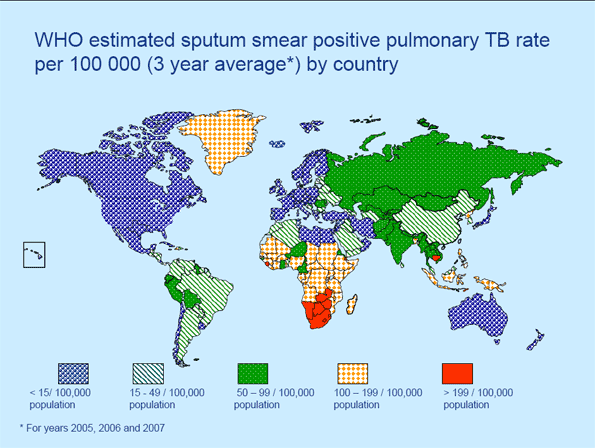The "Good Enough" Revolution Comes to Government?
After some trial and error, Pure Digital released what it called the Flip Ultra in 2007. The stripped-down camcorder—like the Single Use Digital Camera—had lots of downsides. It captured relatively low-quality 640 x 480 footage at a time when Sony, Panasonic, and Canon were launching camcorders capable of recording in 1080 hi-def. It had a minuscule viewing screen, no color-adjustment features, and only the most rudimentary controls. It didn't even have an optical zoom. But it was small (slightly bigger than a pack of smokes), inexpensive ($150, compared with $800 for a midpriced Sony), and so simple to operate—from recording to uploading—that pretty much anyone could figure it out in roughly 6.7 seconds.Yet the MQ-1 Predator is selling off the shelves. Because it is good enough to do the job. And then there are the cheap software legal services, and the mini-clinic storefront satellite offices, and so on.... Good enough is good enough.
...By reducing the size of audio files, MP3s allowed us to get music into our computers—and, more important, onto the Internet—at a manageable size. This in turn let us listen to, manage, and manipulate tracks on our PCs, carry thousands of songs in our pockets, purchase songs from our living rooms, and share tracks with friends and even strangers. And as it turned out, those benefits actually mattered a lot more to music lovers than the single measure of quality we had previously applied to recorded music—fidelity. It wasn't long before record labels were wringing their hands over declining CD sales.
...the MQ-1 Predator isn't much of a plane. Its top speed is a mere 135 miles per hour. It has an altitude ceiling of 25,000 feet. It carries only two 100-pound Hellfire missiles. It has a propeller.
_Wired
You can think of it this way: 20 percent of the effort, features, or investment often delivers 80 percent of the value to consumers. That means you can drastically simplify a product or service in order to make it more accessible and still keep 80 percent of what users want—making it Good Enough—which is exactly what Kaiser [mini clinic] did.So when will this "good enough revolution" come to government? Since government sets the rules that the entire society functions under, it is critical for government to be responsive, reliable, and easy to understand and work with.
....The phenomenon certainly won't stop with hospitals, lawyers, and military campaigns. As more and more industries move their business online, they too will find success in Good Enough tools that focus on maximizing accessibility. It's a reflection of our new value system. We've changed. To benefit from the MP3 effect, companies will have to change as well. _Wired
Unfortunately the trend in government is in the opposite direction, to larger size, more complexity, less reliability, and greater incomprehensibility. Governments are slow to react to new realities, and get stuck on outmoded and counter-productive solutions that only make things worse.
Simplicity, compactness, reliability, and responsiveness are traits that government should strive for. A good government would. But what we have is not good government, it is a growing monstrosity of destruction.
So what will it take to bring the "good enough revolution" to government?
More: Brian Wang thinks the good enough revolution may enable a future of abundance.
Labels: big government, complexity, society and the law












